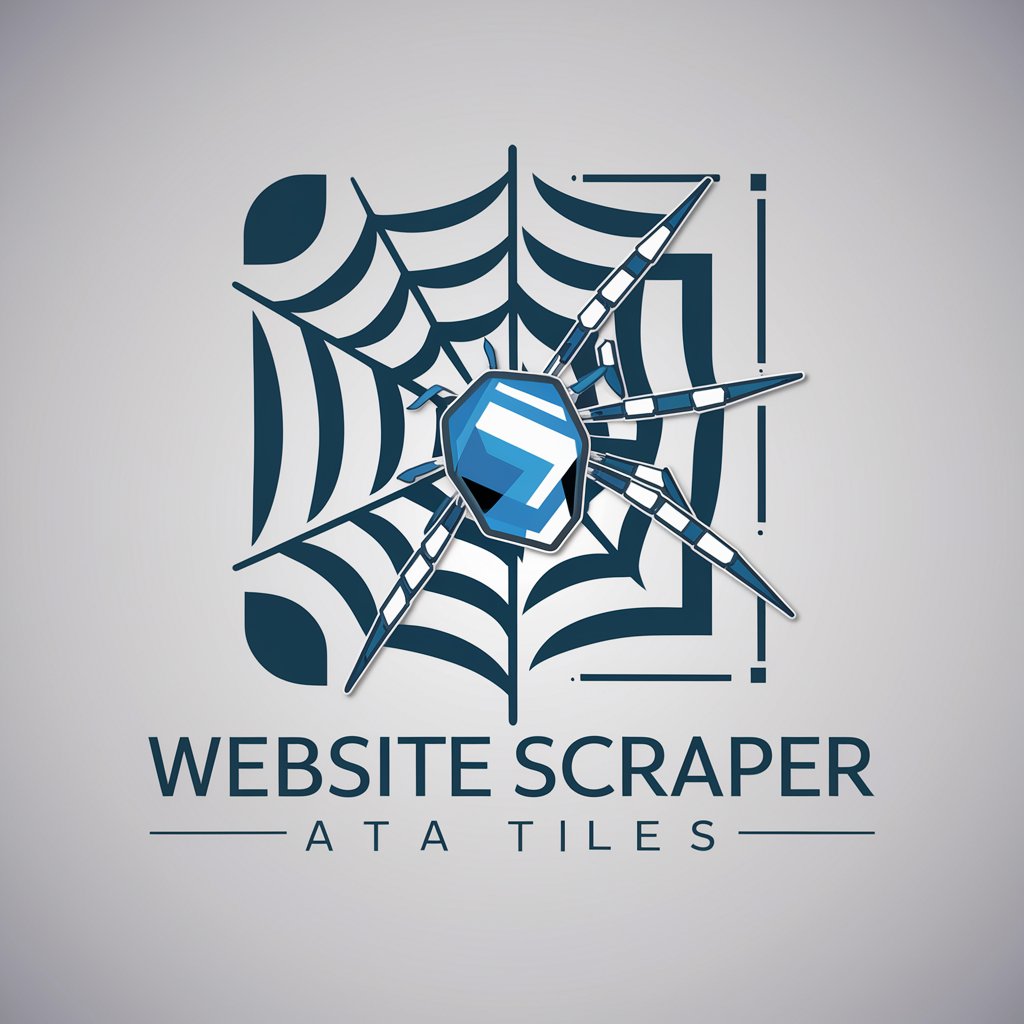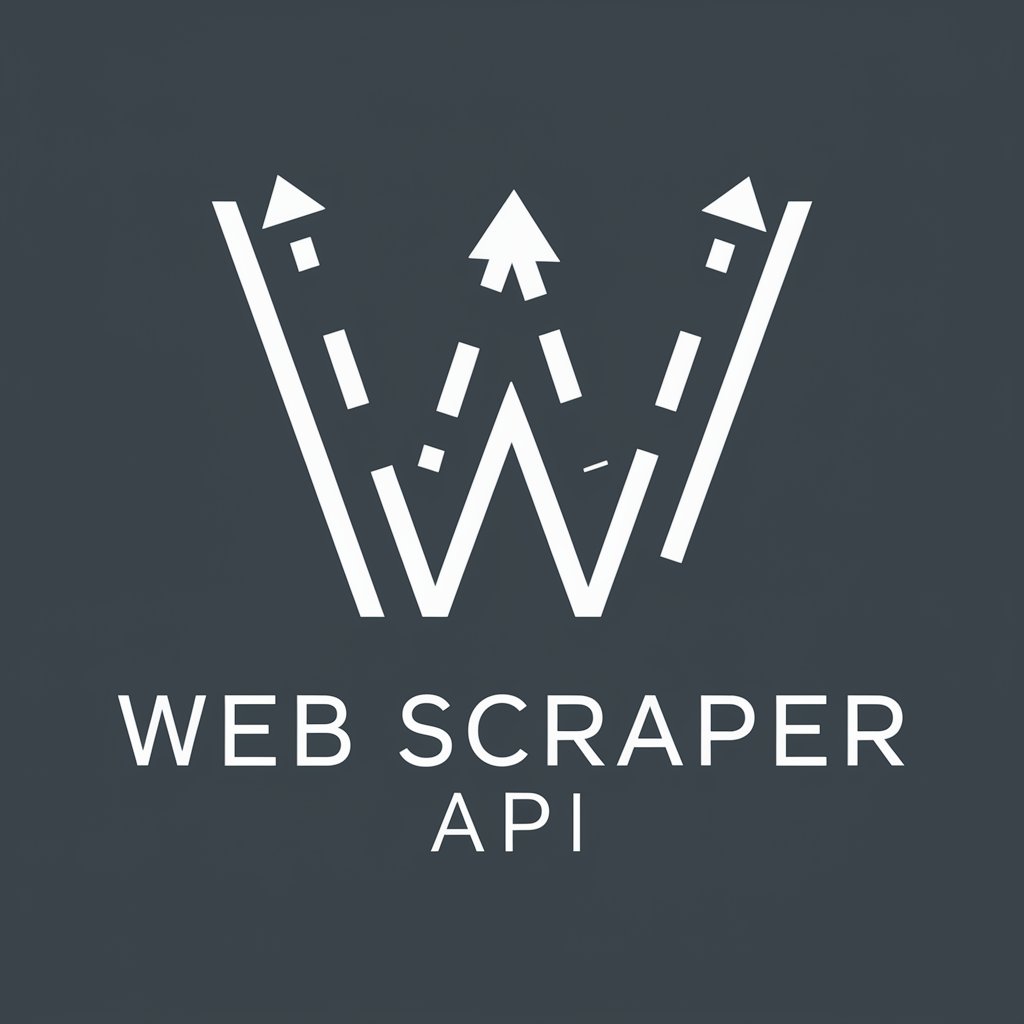
URL Data Scraper - online data extraction tool

AI-powered data scraper for all URLs
scrape data from a url
scrape an image from a url
scrape a pdf from a url
Get Embed Code
Introduction to URL Data Scraper
The URL Data Scraper is a specialized tool designed to extract specific data types (text, PDF content, images) from websites, web-based documents, and URLs in a fast and efficient manner. Its purpose is to simplify the process of obtaining useful information from web sources without requiring the user to manually copy, download, or transcribe the content. Built on advanced web scraping and data extraction technologies, it automates the retrieval process, making it easier for individuals and organizations to gather large volumes of data for various purposes, such as research, content analysis, business intelligence, and automation tasks. The design goal is to allow users to input URLs and instantly get structured outputs like text files, PDF content, or images, depending on their needs. For example, a researcher might need to extract all textual content from a website hosting various academic articles for offline reading or analysis. Instead of copying and pasting each article, the URL Data Scraper can extract all relevant text in one go. Powered by ChatGPT-4o。

Main Functions of URL Data Scraper
Text Data Extraction
Example
A user submits the URL of a news article, and the scraper retrieves all the text content, stripping out ads, navigation bars, and other non-relevant data.
Scenario
This function is useful for journalists, researchers, or analysts who need the raw text from multiple articles for trend analysis, sentiment analysis, or content summarization without manual copying.
PDF Content Extraction
Example
The scraper reads and extracts all readable text from a PDF hosted on a website, making it easy to pull out research papers, reports, or documents for further use.
Scenario
Researchers, students, or corporate analysts often need to quickly pull information from multiple PDFs. This feature helps them retrieve the relevant data from a URL-hosted PDF without having to download and manually open each document.
Image Data Extraction
Example
A designer provides the URL of an image-heavy blog post, and the scraper retrieves all the images along with optional text captions.
Scenario
This is ideal for marketing professionals, content creators, or web designers who need to collect visual assets (e.g., images from competitors’ websites, galleries, or articles) for reuse, inspiration, or trend analysis.
Ideal Users of URL Data Scraper
Researchers and Academics
This group benefits from the scraper's ability to quickly extract text from websites and PDF documents. Researchers often work with large amounts of data across various sources, and manually retrieving that information can be time-consuming. URL Data Scraper helps by automating this process, allowing them to focus more on analysis rather than data collection.
Content Creators and Marketers
Marketers and content creators need to frequently gather images, text, and insights from various websites. URL Data Scraper helps streamline their research by pulling these assets directly from URLs, saving them time on manual collection, and giving them a broader view of what’s trending or relevant for their work.
Business Intelligence Analysts
For business analysts who rely on reports, whitepapers, and web articles to track industry trends, URL Data Scraper is essential for gathering data from multiple web sources efficiently. By pulling text or images from competitor websites or industry reports, they can quickly gather information for strategic decision-making.
Software Developers and Automation Experts
Developers who build automation tools or data pipelines benefit from the scraper’s ability to integrate into workflows where data needs to be extracted from URLs programmatically. This helps them streamline backend processes, feed data into machine learning models, or automate content gathering tasks without manual intervention.

How to Use URL Data Scraper
Step 1
Visit yeschat.ai for a free trial without login, also no need for ChatGPT Plus.
Step 2
Identify the URL from which you want to scrape data, ensuring that the site permits scraping.
Step 3
Choose whether you want to scrape text, images, or PDFs from the provided options.
Step 4
Submit the URL and wait for the tool to process the request. The data will be extracted within seconds.
Step 5
Download or review the extracted data, making adjustments as needed for your specific use case.
Try other advanced and practical GPTs
Adaptive tutor
Empowering Learning with AI

LAWYER CONNECT
Empowering Immigration Decisions with AI

Spiritual But Not Religious
Empower your spirit with AI guidance.

Religious Insights Assistant
Exploring Faiths with AI

Religious History Overview
Explore Religions with AI Insight

Tamil Religious Study Guide
Explore Tamil spirituality, AI-driven learning

Leadership Alliance
Empowering Leadership with AI

Alliance Info Concierge
Unlocking Schlage Insights

Baptist World Alliance
Empowering Baptist Communities with AI

Blissful Beginnings
Crafting Your Dream Honeymoon with AI

Herbal Helper
Empowering Health with AI Herbal Wisdom

Irish Housing Agent
Navigate Irish Real Estate with AI

Common Questions About URL Data Scraper
What kinds of data can URL Data Scraper extract?
URL Data Scraper can extract text, images, and PDFs from webpages, making it a versatile tool for data extraction across different content types.
Are there any limitations on the types of websites I can scrape?
Some websites may have anti-scraping measures in place or legal restrictions. Always ensure you have permission to scrape content from a given site to avoid potential issues.
How fast can I get the data from a URL?
The tool processes data within seconds, providing you with extracted content almost instantly depending on the size and type of data being scraped.
What are the most common use cases for URL Data Scraper?
This tool is frequently used for gathering research material, extracting data from academic articles, collecting media assets, and archiving content for analysis.
Do I need any special technical skills to use URL Data Scraper?
No, the tool is user-friendly and does not require technical expertise. Simply input the URL and choose the type of data you need to scrape.






